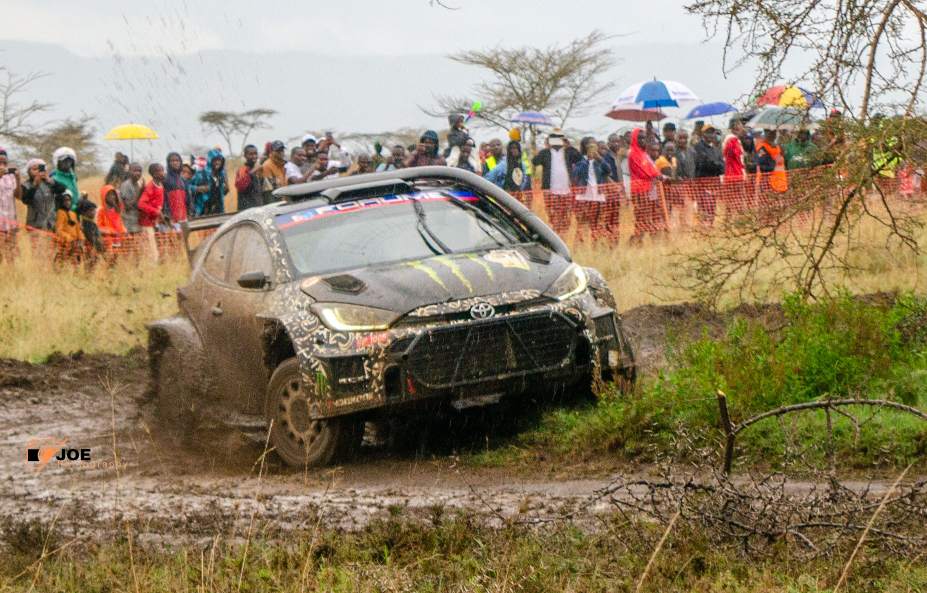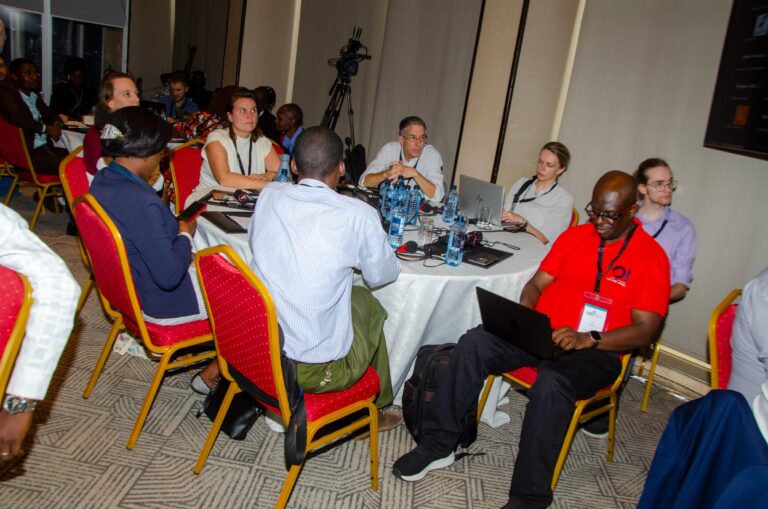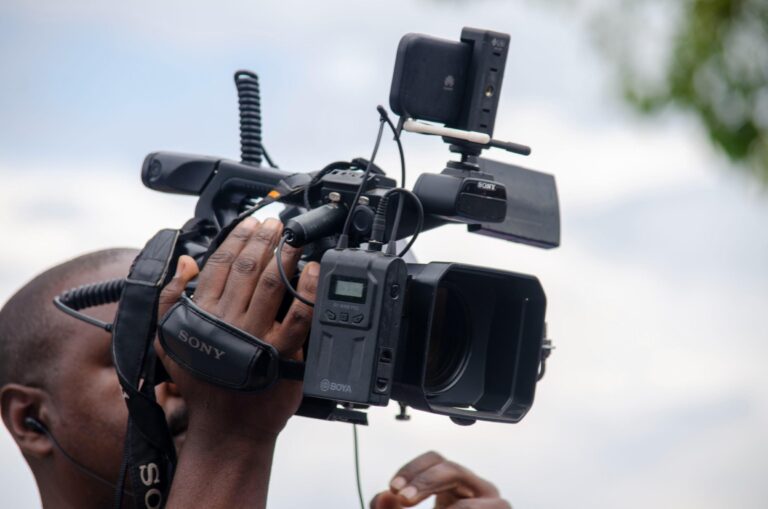The 2025 Safari Rally in Naivasha, Kenya, stood as a testament to the enduring allure and formidable challenges of one of the World Rally Championship’s (WRC) most iconic events. For photographers, capturing the essence of this high-octane spectacle amidst Kenya’s diverse landscapes required not only technical prowess but also a deep understanding of the rally’s unique dynamics. This article delves into the multifaceted experience of photographing the Safari Rally, highlighting the challenges encountered and the strategies employed to surmount them.
Table of Contents
The Legacy of the Safari Rally
Originating in 1953, the Safari Rally has etched its name in motorsport history as one of the most grueling and unpredictable events. Its return to the WRC calendar in recent years has rekindled global interest, drawing competitors and enthusiasts to Kenya’s challenging terrains. The 2025 edition, held from March 20th to 23rd in Naivasha, was no exception, offering a blend of high-speed action and breathtaking scenery.
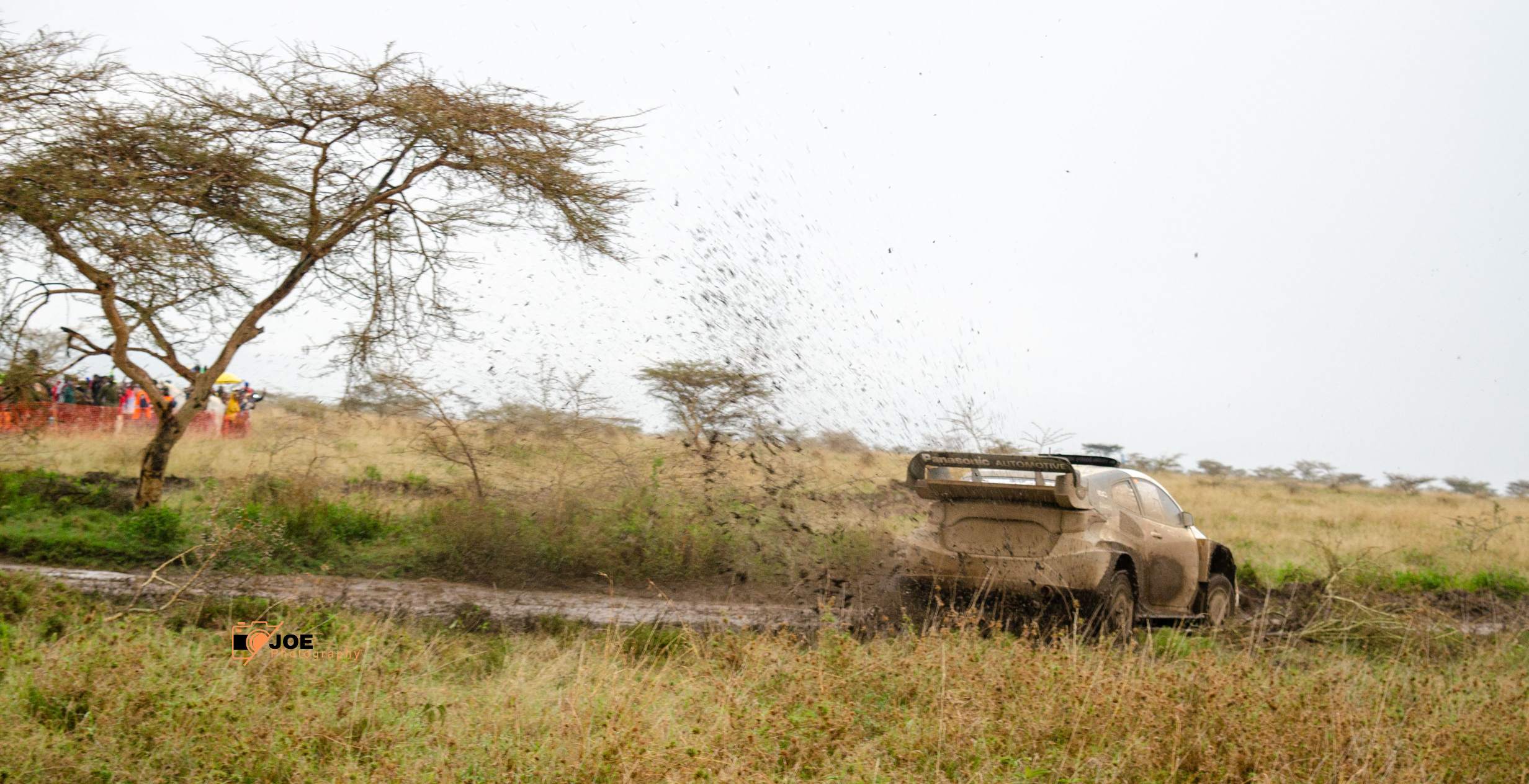
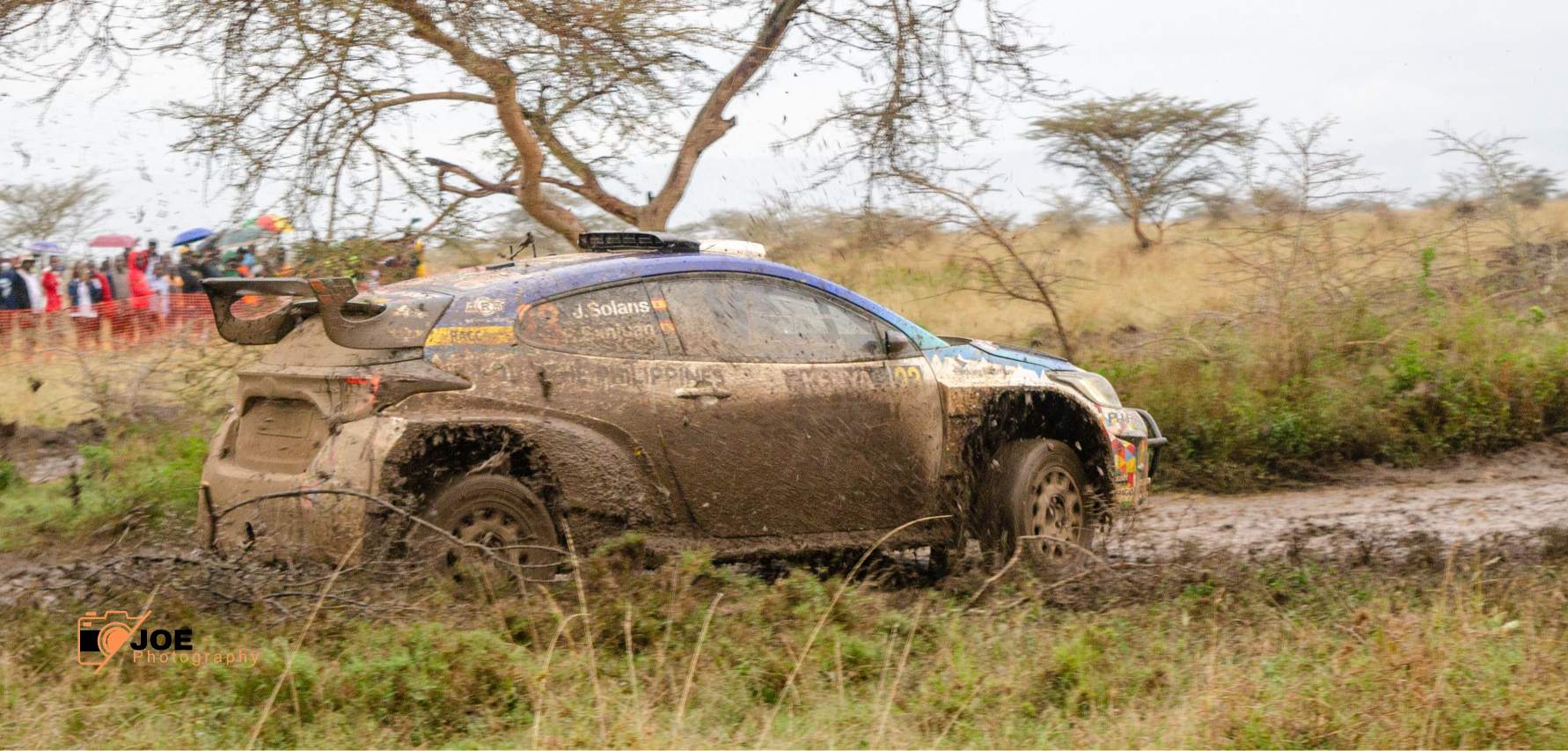
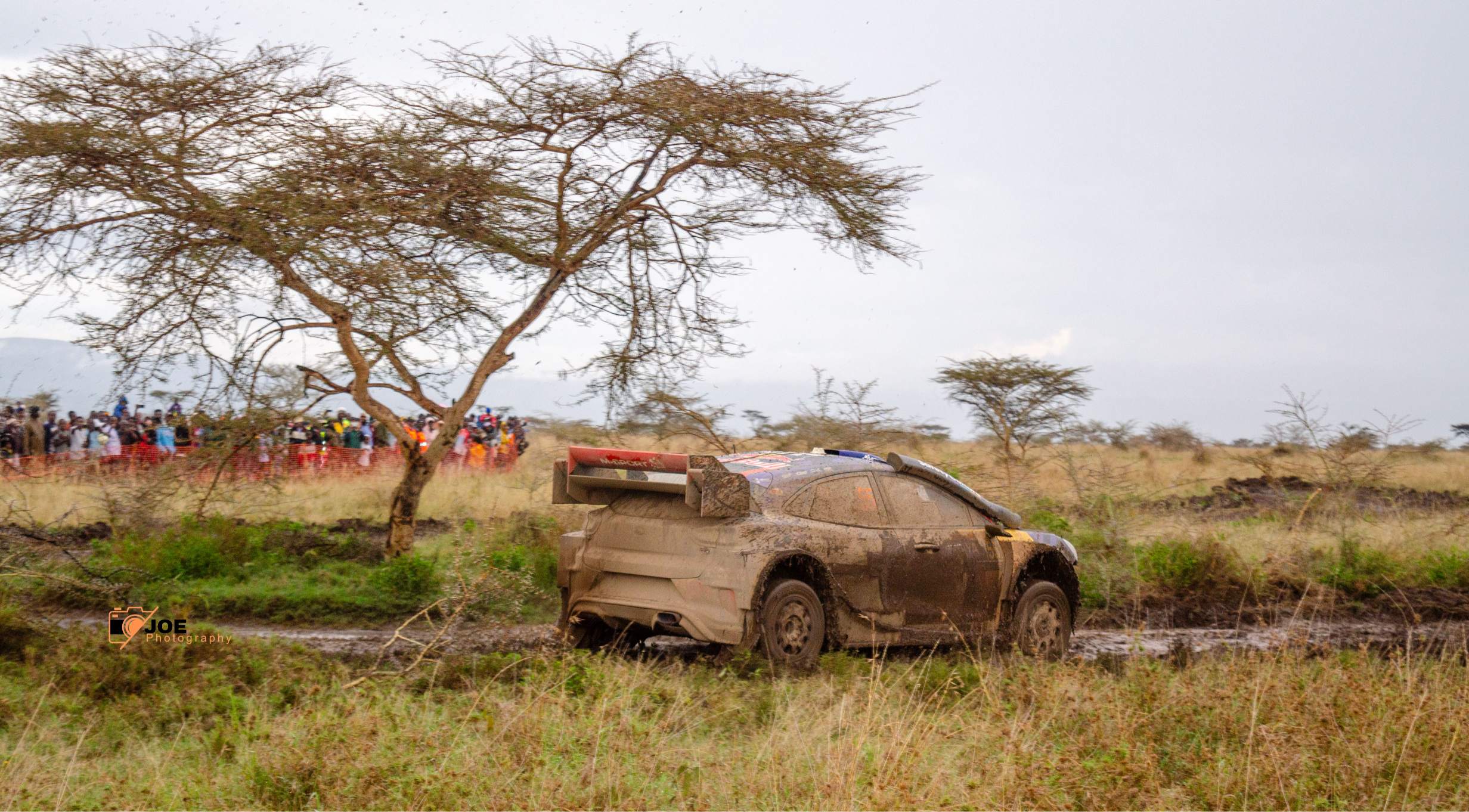
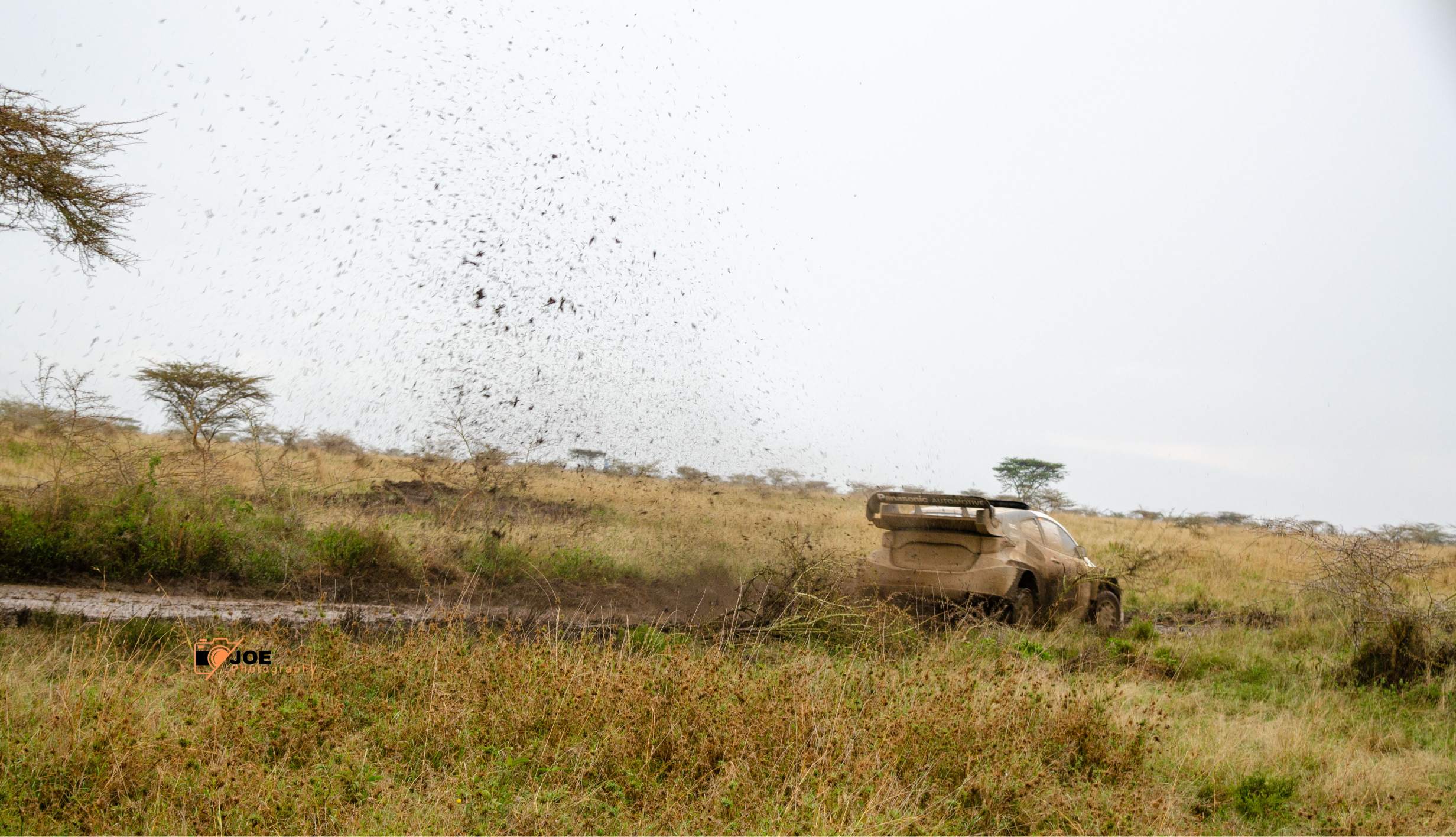
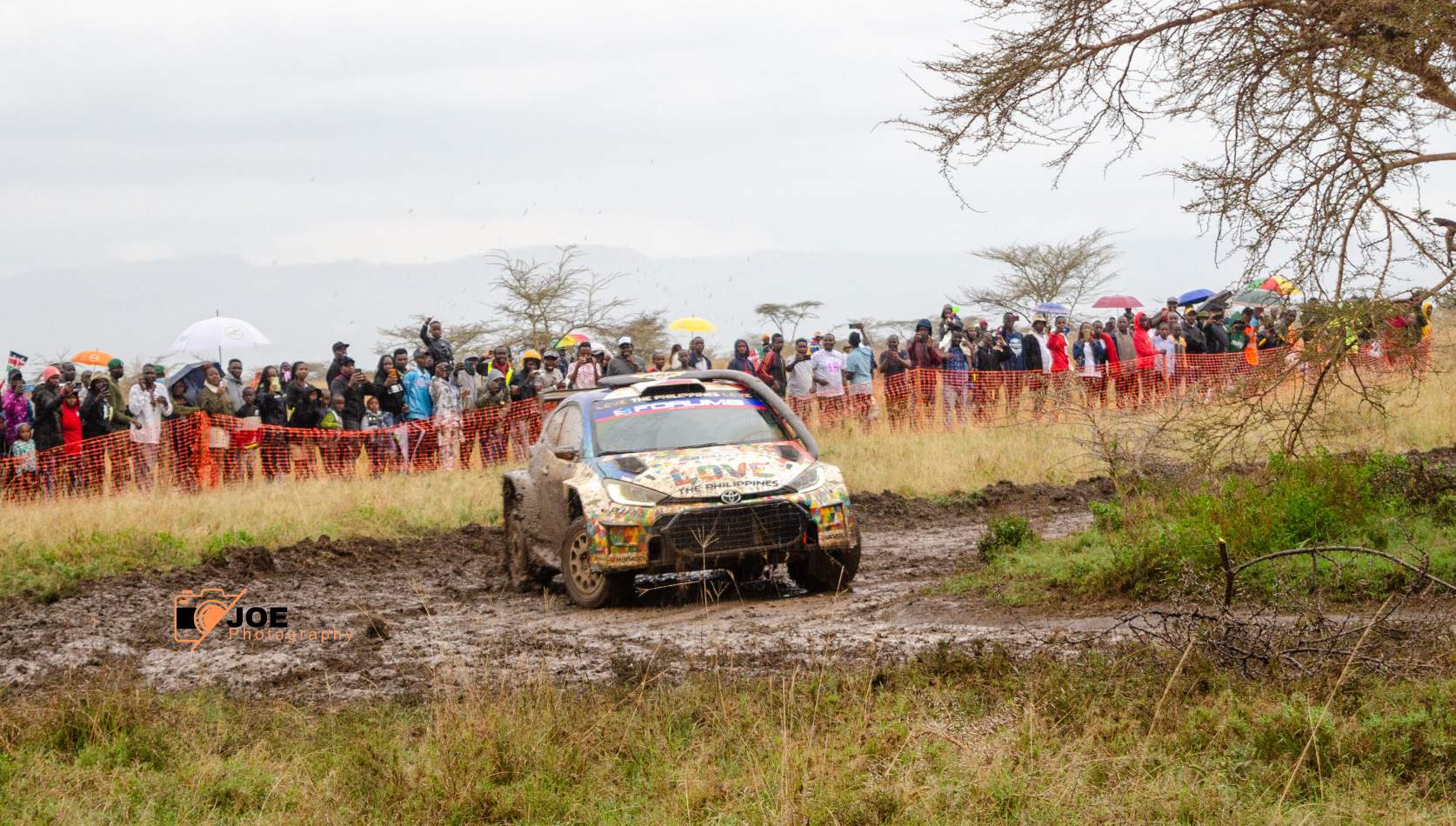
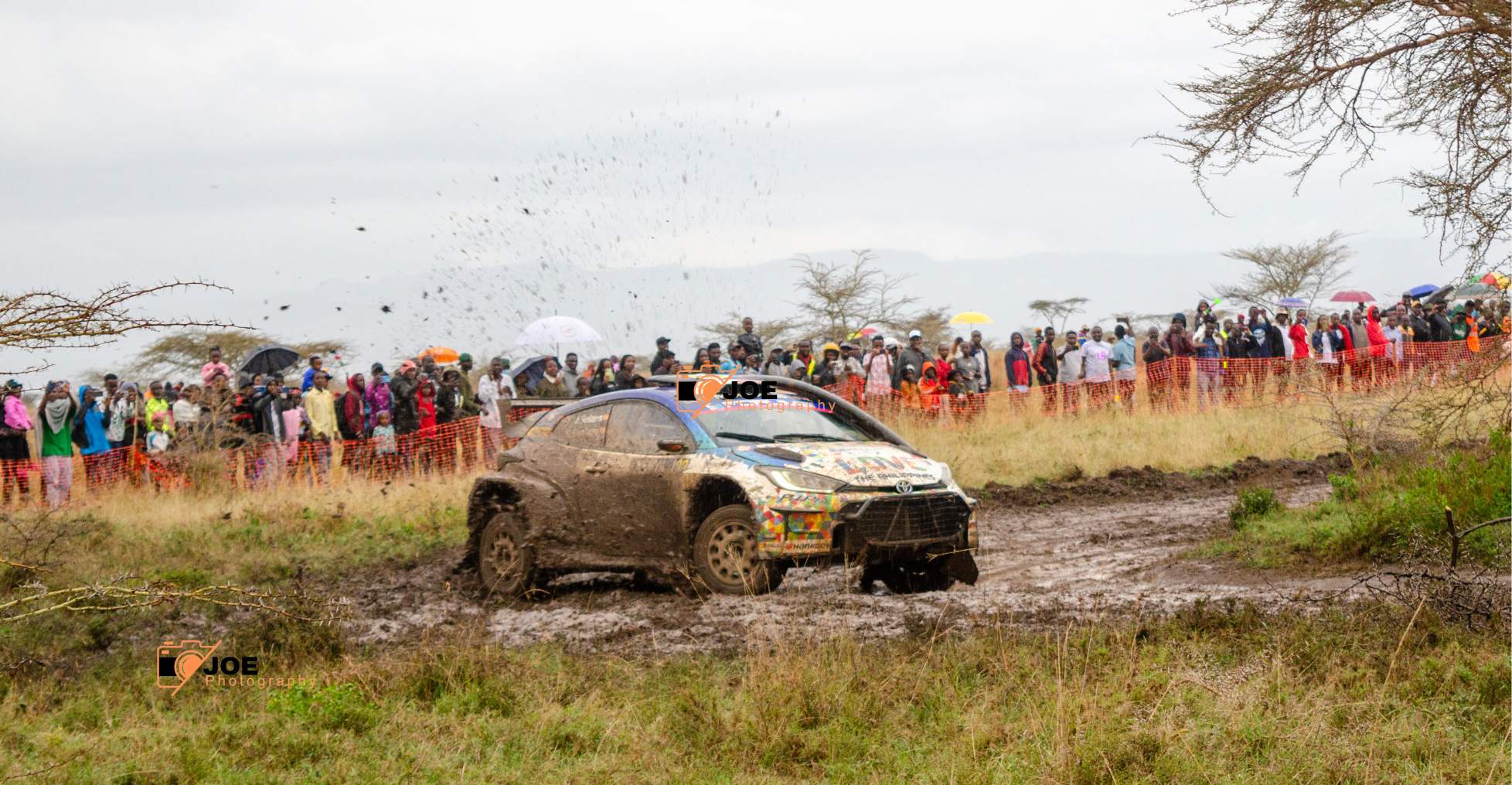

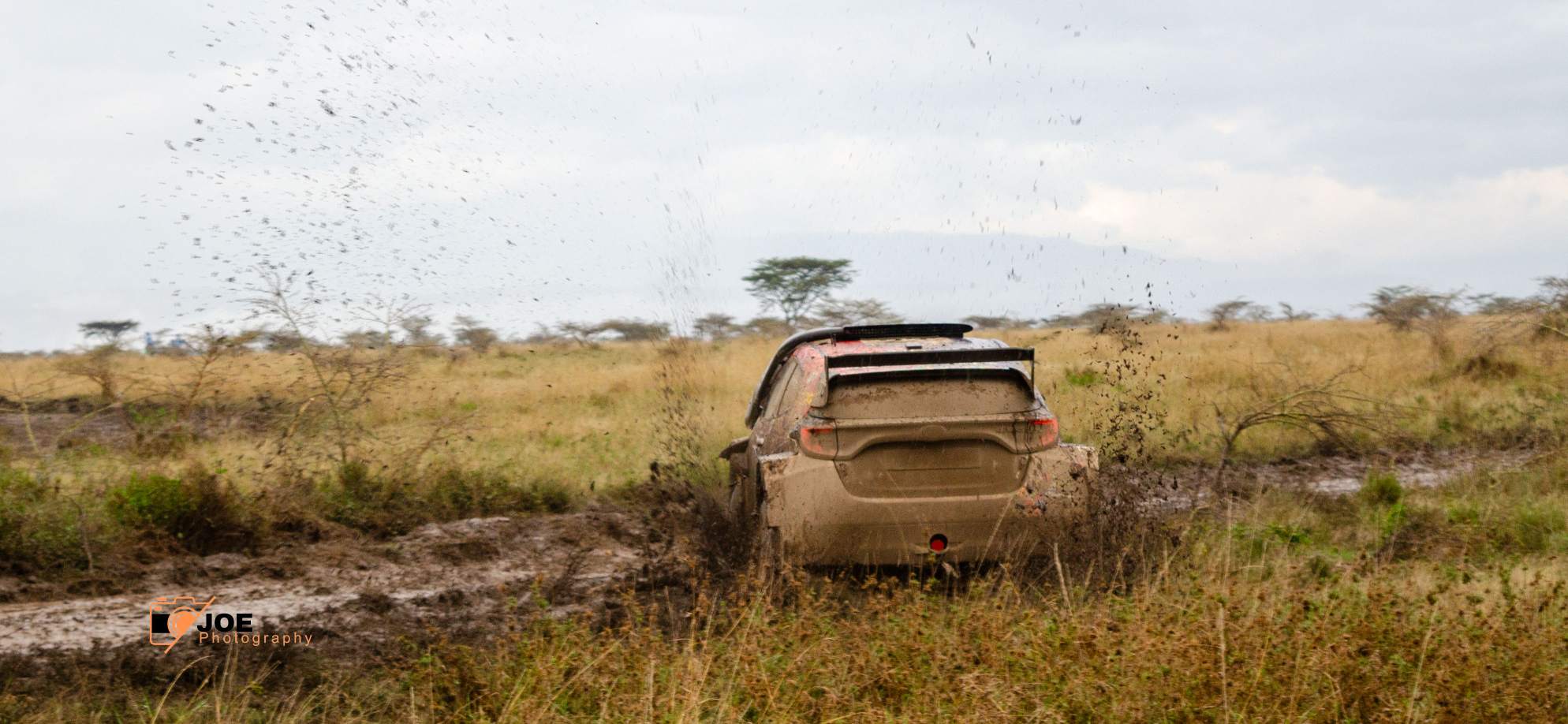
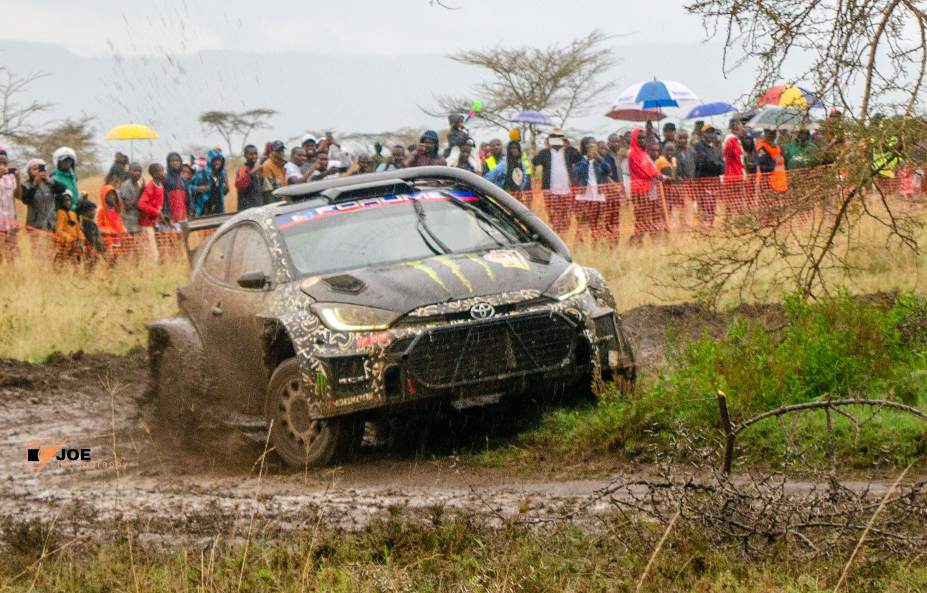
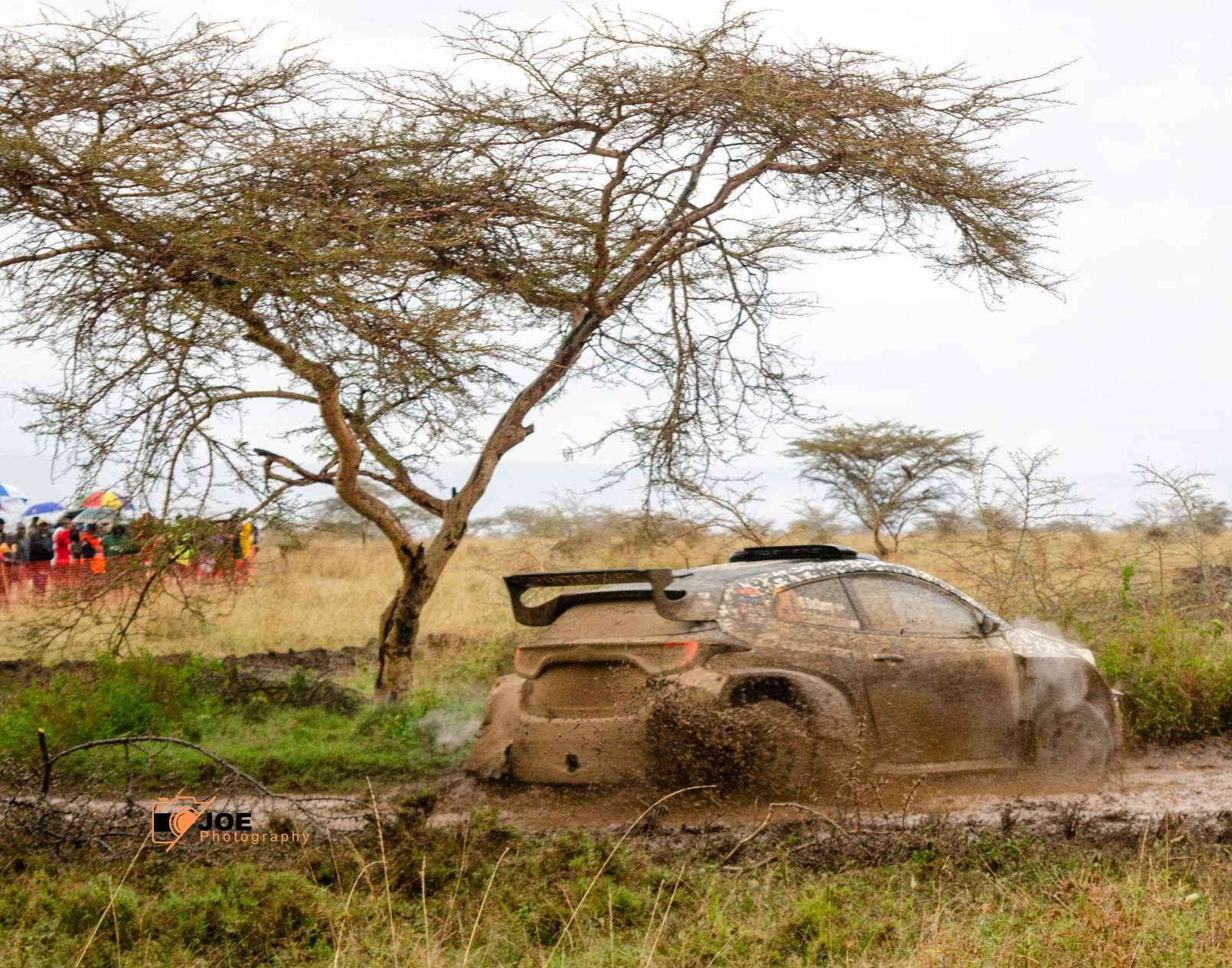
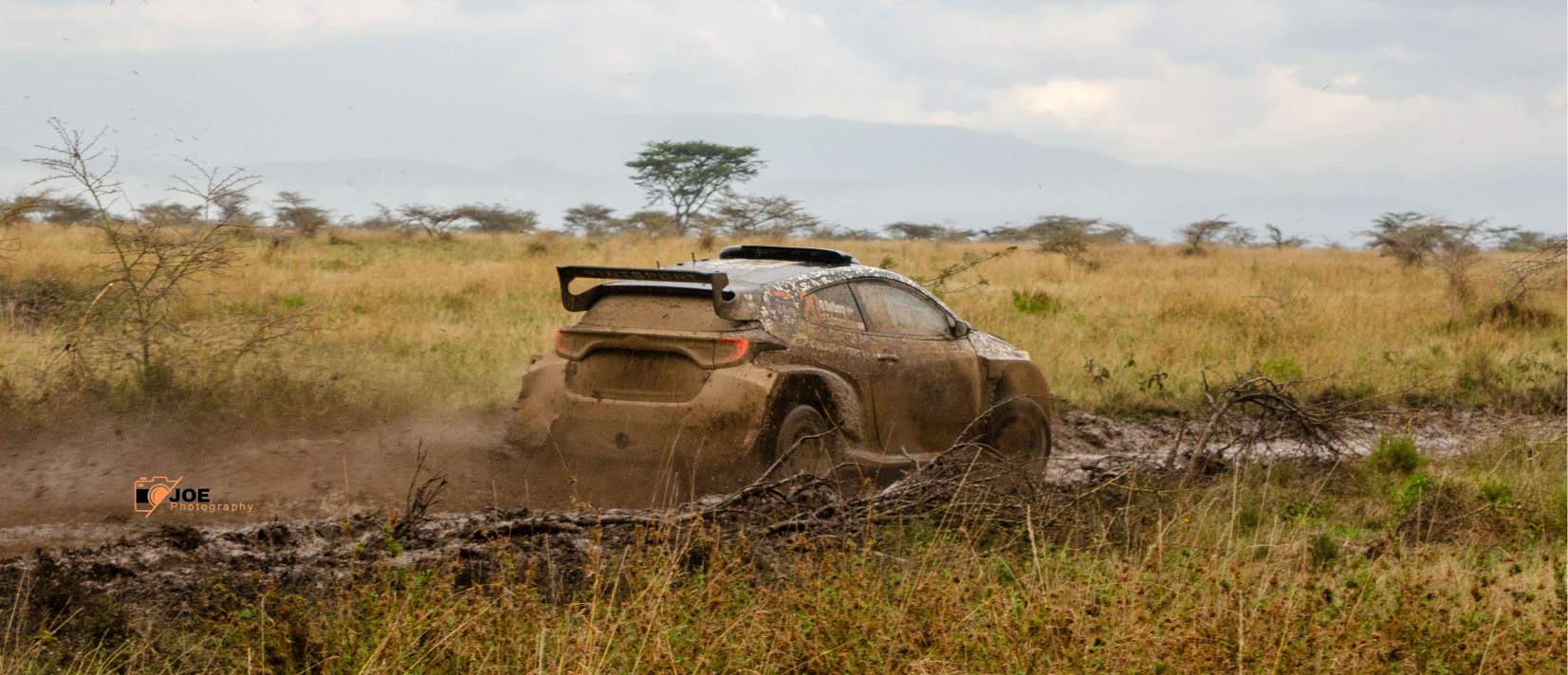

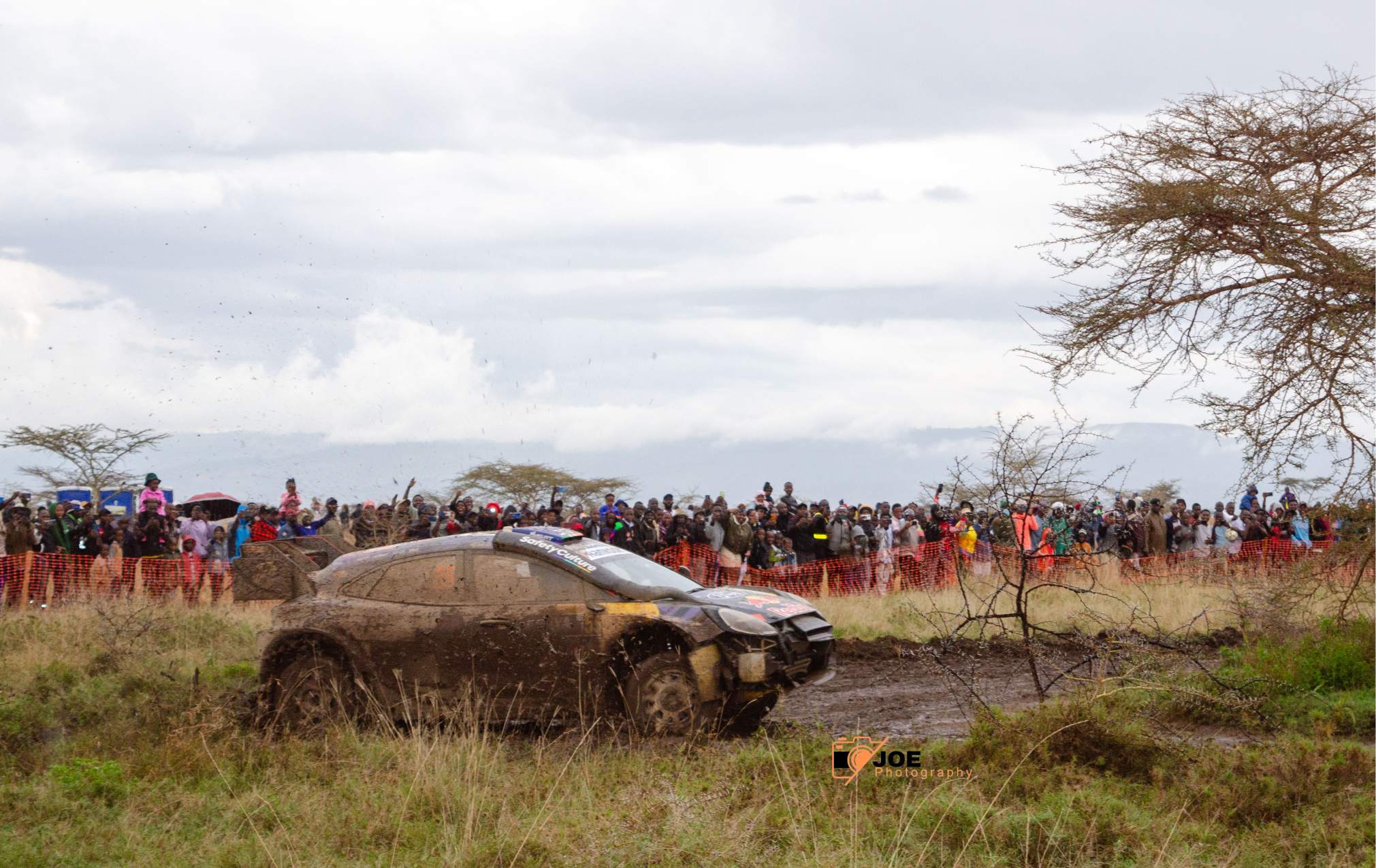
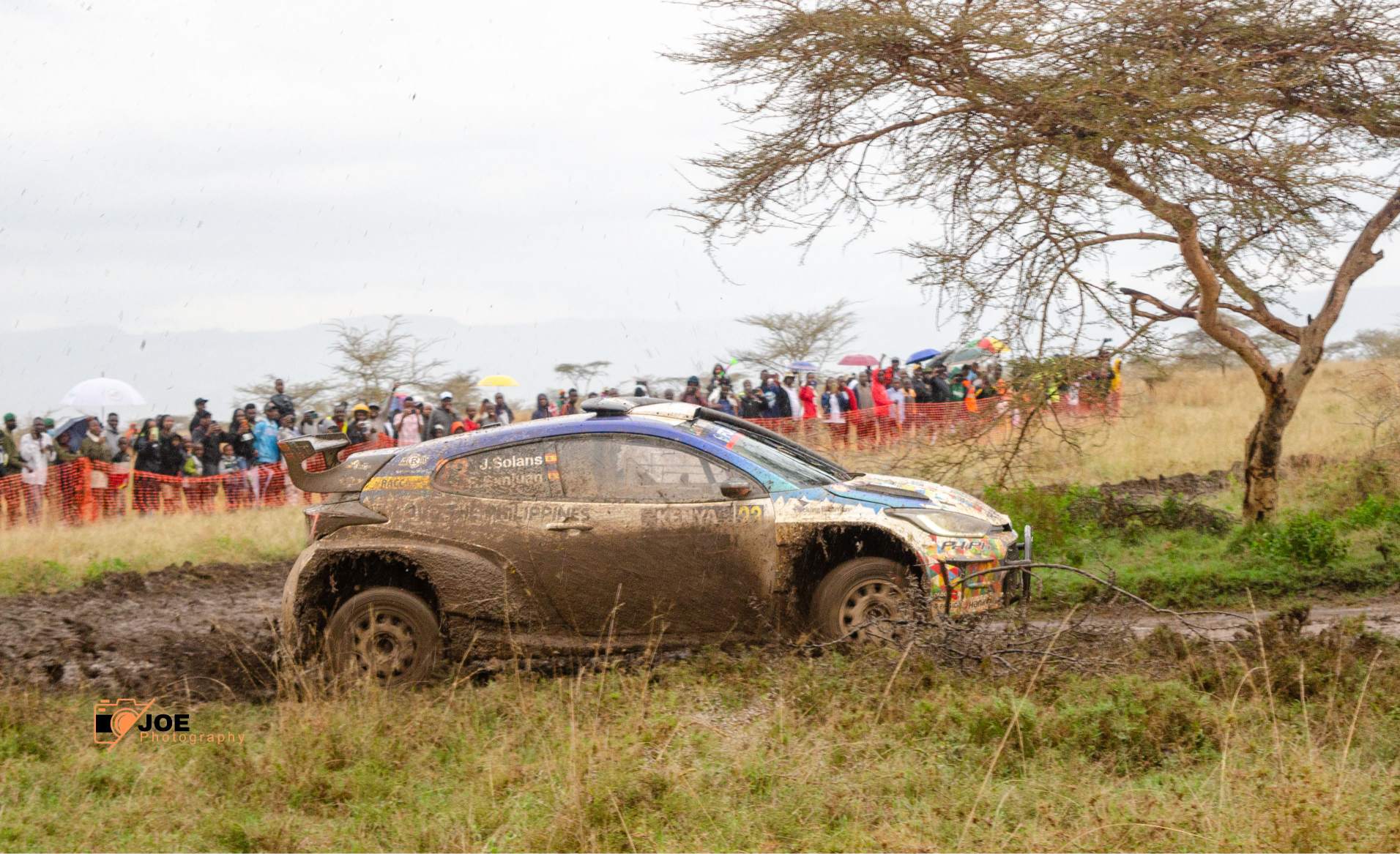
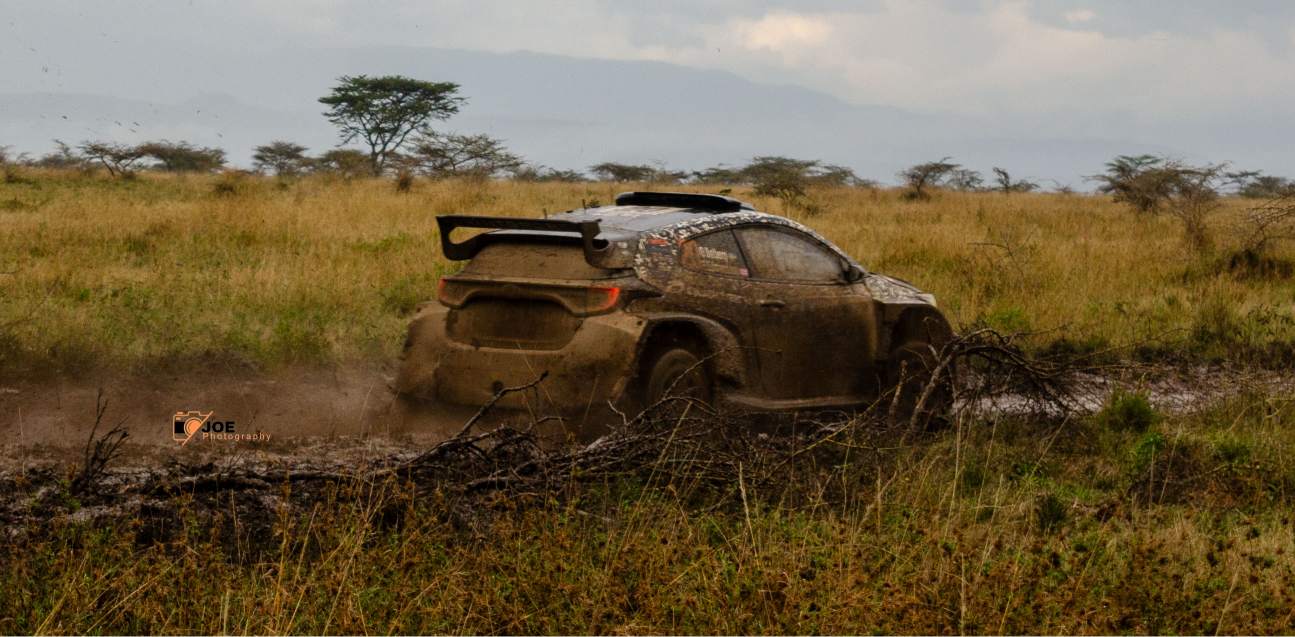
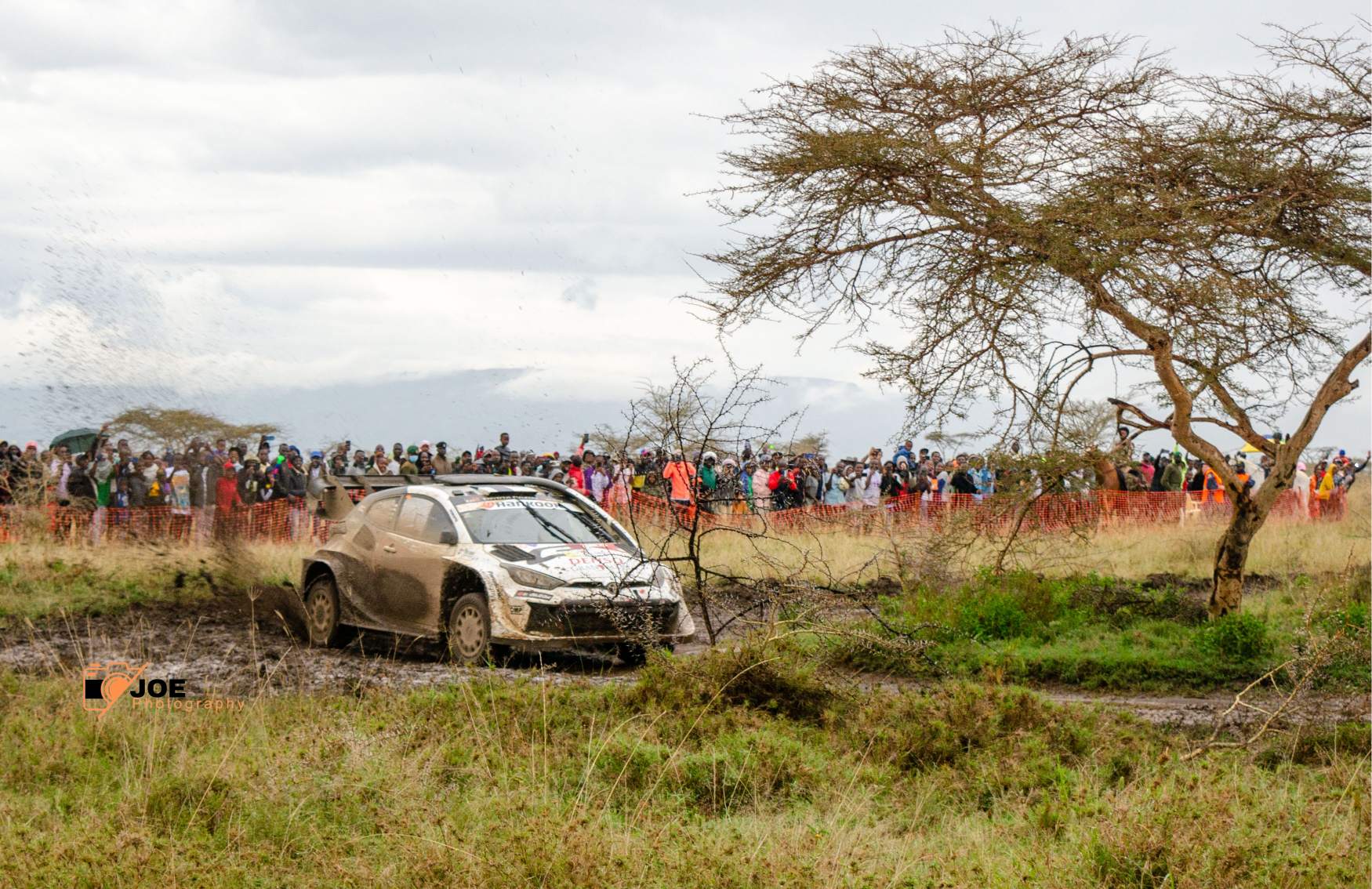
Photographic Challenges and Solutions- Safari Rally Photography Kenya
Dynamic and Unpredictable Weather
Naivasha’s climate is notoriously capricious, with sudden transitions from scorching sun to torrential rain. These abrupt changes can dramatically alter lighting conditions, posing challenges for photographers aiming for consistent exposures.
Solution: Employing weather-sealed camera bodies and lenses is crucial. Utilizing lens hoods can mitigate lens flare during bright conditions, while carrying portable rain covers ensures equipment protection during unexpected downpours. Adjusting white balance settings on the fly helps maintain color accuracy amidst shifting light.
Dust and Debris Infiltration
The rally’s unpaved routes generate substantial dust clouds, which can infiltrate camera equipment, leading to sensor spots and potential malfunctions.
Solution: Using protective filters on lenses shields the glass from dust particles. Regularly inspecting and cleaning gear during breaks prevents accumulation. Storing equipment in airtight bags when not in use further safeguards against dust ingress.
Capturing High-Speed Motion
Rally cars often exceed speeds of 160 km/h on straight sections, demanding precise timing to capture sharp images that convey motion without blur.
Solution: Setting the camera to continuous shooting mode increases the likelihood of capturing decisive moments. Utilizing back-button focus allows for quicker autofocus adjustments. Experimenting with panning techniques at slower shutter speeds (e.g., 1/60s) can artistically blur backgrounds while keeping the car in focus, emphasizing speed.
Navigating Remote and Rugged Locations
Prime shooting spots are often situated in hard-to-reach areas, requiring traversing uneven terrains and long distances.
Solution: Wearing sturdy, comfortable footwear reduces fatigue and risk of injury. Packing light, with only essential gear, facilitates mobility. Collaborating with local guides familiar with the terrain can provide access to vantage points less known to the general public.
Ensuring Personal Safety
The unpredictable nature of rally racing means cars can veer off course unexpectedly, posing risks to those positioned too close to the action.
Solution: Always adhering to safety guidelines set by event organizers is paramount. Positioning oneself on elevated ground or behind natural barriers offers protection while still allowing for compelling shots. Using longer focal lengths enables capturing close-up images from a safe distance.
Equipment Recommendations for Safari Rally Photography Kenya
Selecting the right gear is pivotal for successfully photographing the Safari Rally:
- Camera Bodies: Professional-grade DSLRs or mirrorless cameras with fast autofocus systems and high burst rates are ideal.
- Lenses: A versatile telephoto lens (e.g., 70-200mm f/2.8) allows for capturing distant action, while a wide-angle lens (e.g., 24-70mm) is useful for environmental shots that contextualize the race within the landscape.
- Accessories: Spare batteries and memory cards ensure uninterrupted shooting. A sturdy monopod provides stability without compromising mobility. Polarizing filters can enhance sky contrast and reduce reflections.
Post-Processing Considerations
Given the challenging shooting conditions, post-processing plays a significant role in refining images:
- Exposure Adjustments: Fine-tuning exposure helps balance highlights and shadows, especially in high-contrast scenes.
- Color Correction: Adjusting saturation and vibrancy can compensate for any color casts introduced by varying lighting conditions.
- Sharpening and Noise Reduction: Applying selective sharpening enhances details, while noise reduction tools mitigate graininess from high ISO settings used in low light.
Ethical and Environmental Considerations
Photographers have a responsibility to minimize their environmental impact and respect local communities:
- Leave No Trace: Ensuring that no litter or damage is left behind maintains the natural beauty of the rally’s settings.
- Cultural Sensitivity: Seeking permission before photographing local residents and being mindful of cultural norms fosters goodwill and mutual respect.
FAQ on Safari Rally Photography Kenya
What equipment is essential for photographing the Safari Rally?
Capturing dynamic rally moments requires:
Camera Bodies: A DSLR or mirrorless camera with fast autofocus and high-speed continuous shooting capabilities.
Lenses: A telephoto lens (e.g., 70-200mm) for distant action and a wide-angle lens (e.g., 24-70mm) for environmental shots.
Accessories: Spare batteries, high-capacity memory cards, a sturdy monopod or tripod, lens cleaning kits, and protective gear for dust and weather conditions.
How can I protect my camera gear from dust and weather conditions during the rally?
The Safari Rally’s dusty trails and unpredictable weather necessitate protective measures:
Weather-Sealed Equipment: Use cameras and lenses with weather sealing to guard against dust and moisture.
Protective Covers: Employ rain covers and lens hoods to shield gear from rain and harsh sunlight.
Regular Maintenance: Carry lens cloths and a dust blower to clean equipment regularly, ensuring optimal performance.
What camera settings are recommended for capturing high-speed action at the Safari Rally?
To freeze fast-moving vehicles:
Shutter Speed: Use a fast shutter speed (e.g., 1/1000s or faster) to capture sharp images of speeding cars.
Aperture: A wider aperture (e.g., f/2.8 to f/5.6) helps in low-light conditions and creates a shallow depth of field to isolate subjects.
ISO: Adjust ISO based on lighting; higher ISO settings may be necessary in low-light scenarios but can introduce noise.
Focus Mode: Continuous autofocus (AI Servo/AF-C) helps maintain focus on moving subjects.
Are there specific safety considerations for photographers during the Safari Rally?
Safety is paramount when photographing the rally:
Stay in Designated Areas: Always remain within areas marked safe for spectators and photographers.
Maintain Distance: Use telephoto lenses to capture close-up shots from a safe distance, avoiding proximity to the racing path.
Be Alert: Stay vigilant of your surroundings and the movement of vehicles to anticipate and react to any sudden changes.
What are the best practices for composing compelling rally photographs?
To create engaging images:
Panning Technique: Follow the moving car with your camera while using a slower shutter speed to create a motion blur background, emphasizing speed.
Vary Perspectives: Experiment with different angles and focal lengths to capture unique shots.
Include Environment: Incorporate elements of the Kenyan landscape to provide context and a sense of place.
Capture Details: Focus on close-up details like tire treads, sponsor logos, and driver expressions to tell a comprehensive story.

